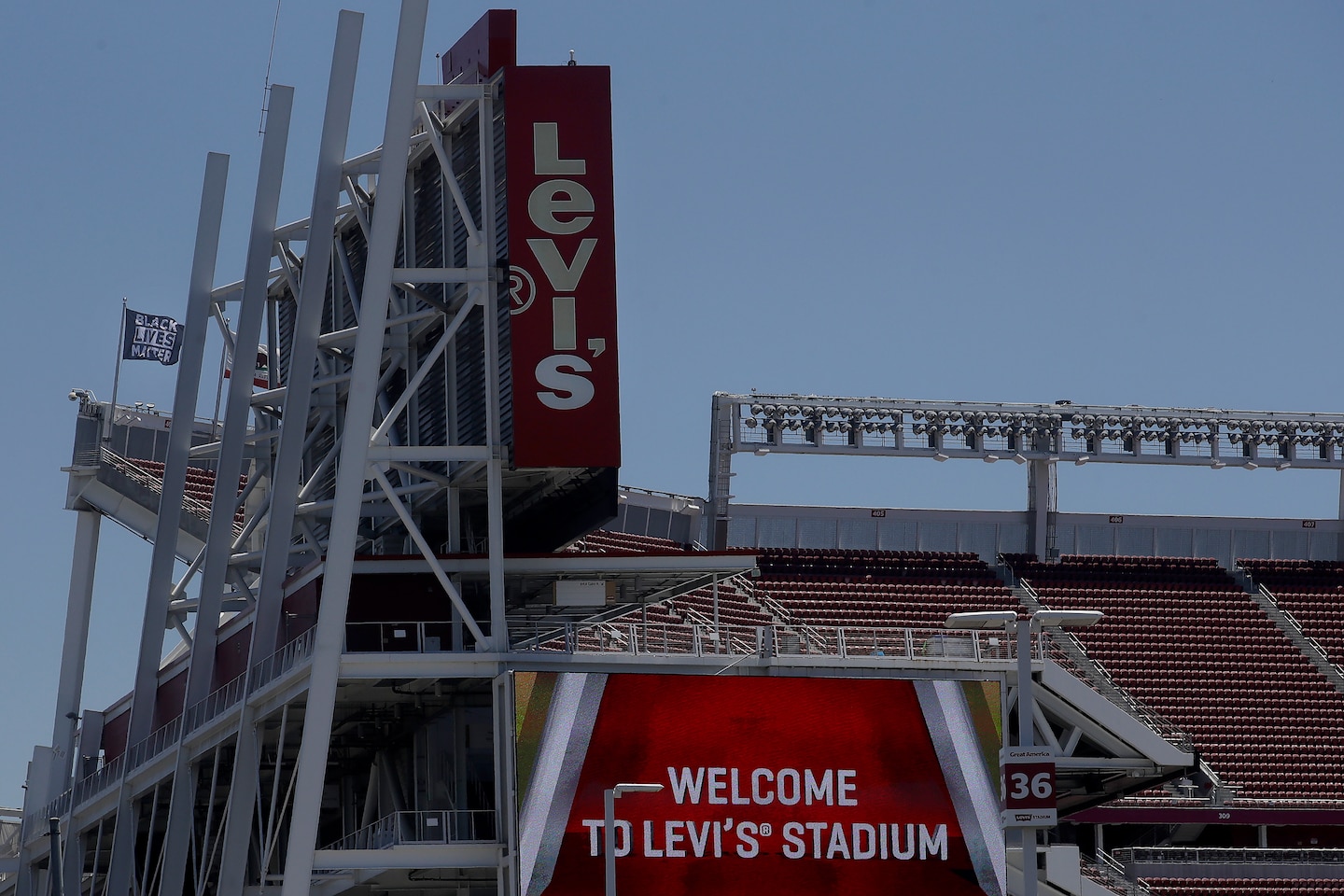NFL, players’ union seeking to resolve economic differences in advance of 2020 season

That person said the league and union displayed a “great working relationship” in resolving health and safety issues but added that the NFLPA, in the view of the league and owners, must “be more aware of the revenue shortfalls and the world we live in.”
Characterizations in some media reports that the season could be imperiled by a lack of progress on the economic issues are “way too speculative,” according to that person, who said what is required is “some serious effort at negotiation on the money.”
Others also dismissed speculation that the differences on economics could put the the season in jeopardy. A person familiar with the NFLPA’s view termed such speculation as “clickbait.” Another person on the players’ side said: “I don’t agree with that.”
The collective bargaining agreement between the league and union, completed and ratified earlier this year, contains a no-lockout, no-strike provision. It also sets players’ earnings as a percentage of revenue under the salary cap system.
For the 2020 season, players are to make 47 percent of revenue; the salary cap is set at $198.2 million per team.
The cap figure was determined based on revenue projections for this season that did not take into account the prospect of a coronavirus-related decline. The NFLPA previously told agents that such a revenue decline could be about $3 billion, in an industry with annual revenue estimated at about $16 billion, if games are played with no fans in attendance.
Some estimates are that the 2021 salary cap could fall to less than $130 million per team, which would cause teams to release veteran players to slash their payrolls.
“The CBA obligates us to negotiate in good faith over downturns in revenue that will impact the salary cap for the following year,” DeMaurice Smith, the NFLPA’s executive director, said in a video conference with reporters last week.
The league initially proposed placing 35 percent of players’ pay for this season into escrow. The money eventually would be paid to players but the timing would be determined after this season’s revenue decline is calculated. Players, agents and union leaders balked at that, with the NFLPA preferring to address the 2021 cap by, in effect, borrowing from future salary caps for 2022 and beyond.
“The fundamental question that our leadership is dealing with is whether we have a world where we stick with option A and there’s a significant downfall on the cap next year,” Smith said last week, “or whether we figure out something that makes sure that … doesn’t happen.”
Cleveland Browns center JC Tretter, the union’s president, said last week: “The priority still is on the health and safety issues that we face, and the economics will be taken care of.”
The NFL and NFLPA resolved a series of health issues after that. They agreed Monday to a coronavirus testing program by which players will be tested daily for at least the first two weeks of training camps; testing could be adjusted to every other day after that, based on the rate of positive tests. The NFLPA had pushed for daily testing of players. It also had sought to eliminate all preseason games this summer, to which the league agreed Monday.
Now the league and owners are eager to see resolutions of the economic issues, seeking to contain player costs if the season starts but cannot be finished, and contending that adjustments in player pay are warranted if only a partial season is played. Language in the standard player contract seems to suggest that a player is entitled to his base salary for the season once the season begins.
“Theirs is an unrealistic position on [the] season: Play one game and get paid for the [entire] season?” the person familiar with the league’s view said.
But the NFLPA denied a report Wednesday by CNBC that the season is in jeopardy because the union is demanding that players be paid their full salaries for an abbreviated season. NFLPA spokesman George Atallah wrote on Twitter: “This is false, the source in your story is wrong and from reading the transcript from your presentation, the source also has malicious intent to our men and their families.”
It’s not clear if the league and owners regard the start of full training camps — July 28, when veteran players for most teams must report — or the Sept. 10 scheduled beginning of the regular season as the goal for a deal.
Read more on the NFL:






